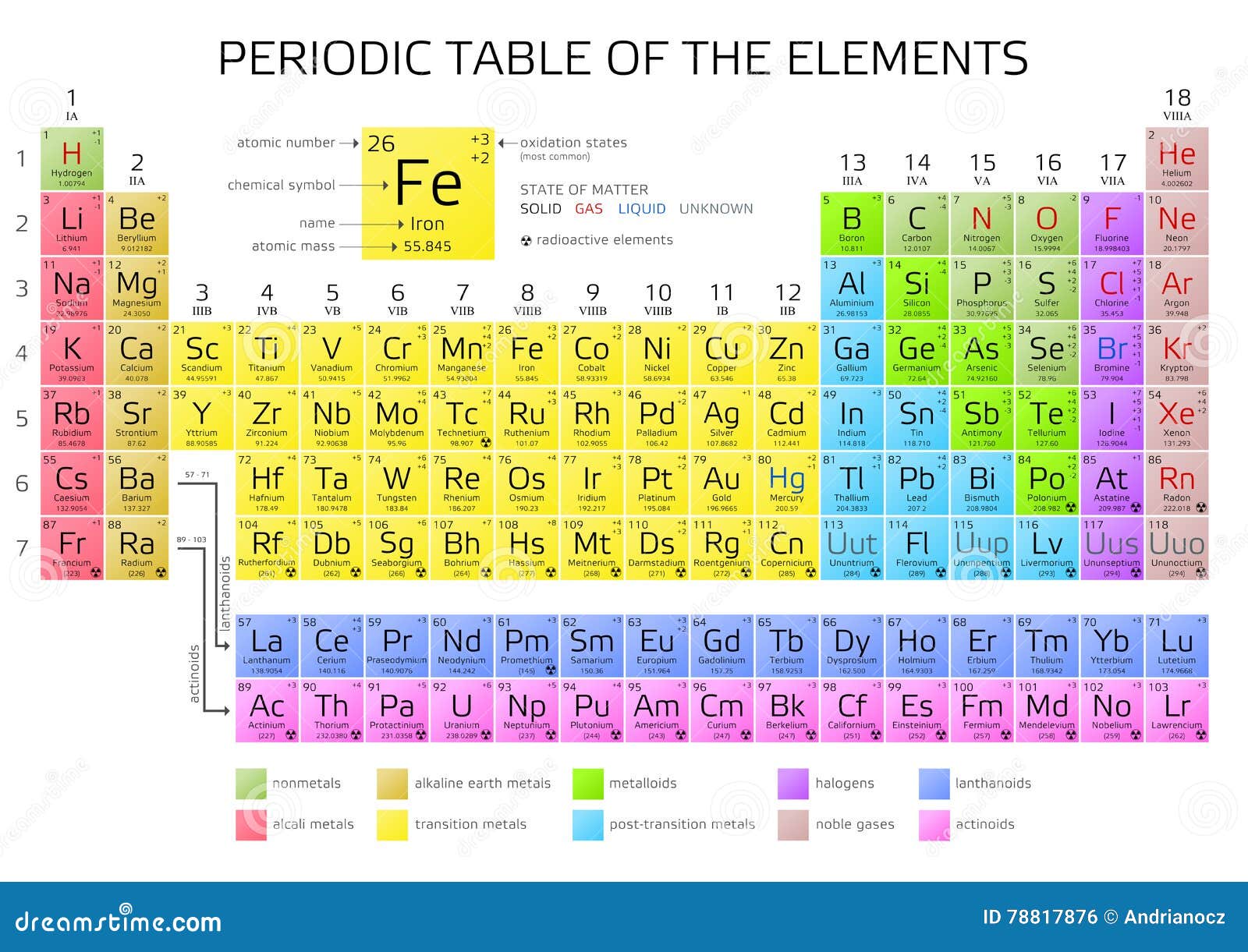The atomic number (represented by the letter Z) of an element is the number of protons in the nucleus of each atom of that element.An atom can be classified as a particular element based solely on its atomic number. For example, any atom with an atomic number of 8 (its nucleus contains 8 protons) is an oxygen atom, and any atom with a different number of protons would be a. Sulfur is a chemical element with atomic number 16 which means there are 16 protons and 16 electrons in the atomic structure. The chemical symbol for Sulfur is S. The atom consist of a small but massive nucleus surrounded by a cloud of rapidly moving electrons. Here is a list of the elements sorted by atomic number.Element nameElement symbolAtomic numberHydrogenH1HeliumHe2LithiumLi3. The number of protons determines an element’s atomic number (Z) and distinguishes one element from another. Download fdm for mac. For example, carbon’s atomic number (Z) is 6 because it has 6 protons. Brother mfc 7460dn driver download for mac. The number of neutrons can vary to produce isotopes, which are atoms of the same.
Also found in: Thesaurus, Medical, Legal, Financial, Acronyms, Encyclopedia, Wikipedia.
atomic number
atomic number
natom′ic num′ber
n.
atomic number

atomic number
| Noun | 1. | atomic number - the order of an element in Mendeleyev's table of the elements; equal to the number of protons in the nucleus or electrons in the neutral state of an atom of an element number - a concept of quantity involving zero and units; 'every number has a unique position in the sequence' magic number - the atomic number of an extra stable strongly bound atomic nucleus: 2, 8, 20, 28, 50, 82 or 126 |
Atomic Number Of Silver
Atomic Number Of Sulfur
Want to thank TFD for its existence? Tell a friend about us, add a link to this page, or visit the webmaster's page for free fun content.
 Link to this page:
Link to this page: 